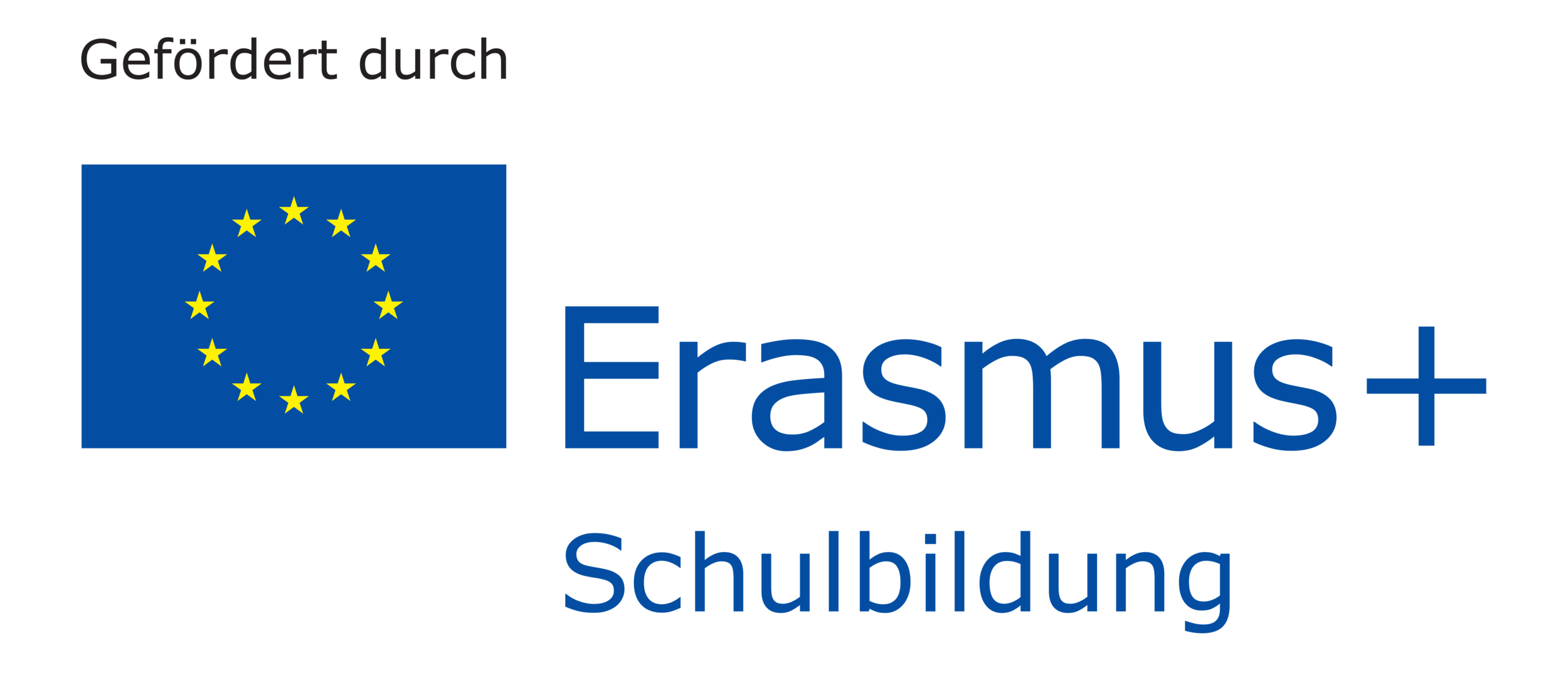First Language, Second Language, Foreign Language and Monolingualism, Bilingualism, Multilingualism
How do I know which is Luca’s first language or second language?
A child's first and second language can generally be defined by proficiency or time of acquisition. As seen in Luca’s case, the proficiency of her languages varies (Portuguese as her main language outside of kindergarten and German as her main language inside of kindergarten, English being her “weakest” language). The level of proficiency in a language in a child usually depends on the practicality and relevancy of the language for the child in everyday life and the amount of useful input (comprehensible input) that the child is exposed to on a regular basis. The indicators proficiency and time of acquisition show German and Portuguese are her first languages and English her second language.
But the status (first language or second language) of each language can constantly change due to changes in the child’s life; Luca’s current first language Portuguese could become her second language later on in life. One potential scenario could be that, let’s say, her family moved to Brazil and the exposure to the German language vanished. Or if, let’s say, her babysitter, whom she speaks Portuguese to, was not needed anymore and, just for the sake of this example, her mum took a new job and had to commit to longer working hours which could potentially result in less speaking events in Portuguese and therefore less possible interactions/input in the Portuguese language. This scenario as an example could result in a change of status in Luca’s languages (De Bot, Lowie, & Verspoor, 2007).
“The hierarchy of the languages of a child can be unclear. It can be affected by many different aspects like language attitude or experiences the child has made in the past linked to a certain language. Try to find out which language the child feels most comfortable with and acknowledge the each of the languages the child speaks. The child will signal which language is her main language or the language she feels most comfortable with for specific situations or moods. Respect the child’s choice of language in the moment and avoid interfering with the child’s choice by enforcing another language. ”

